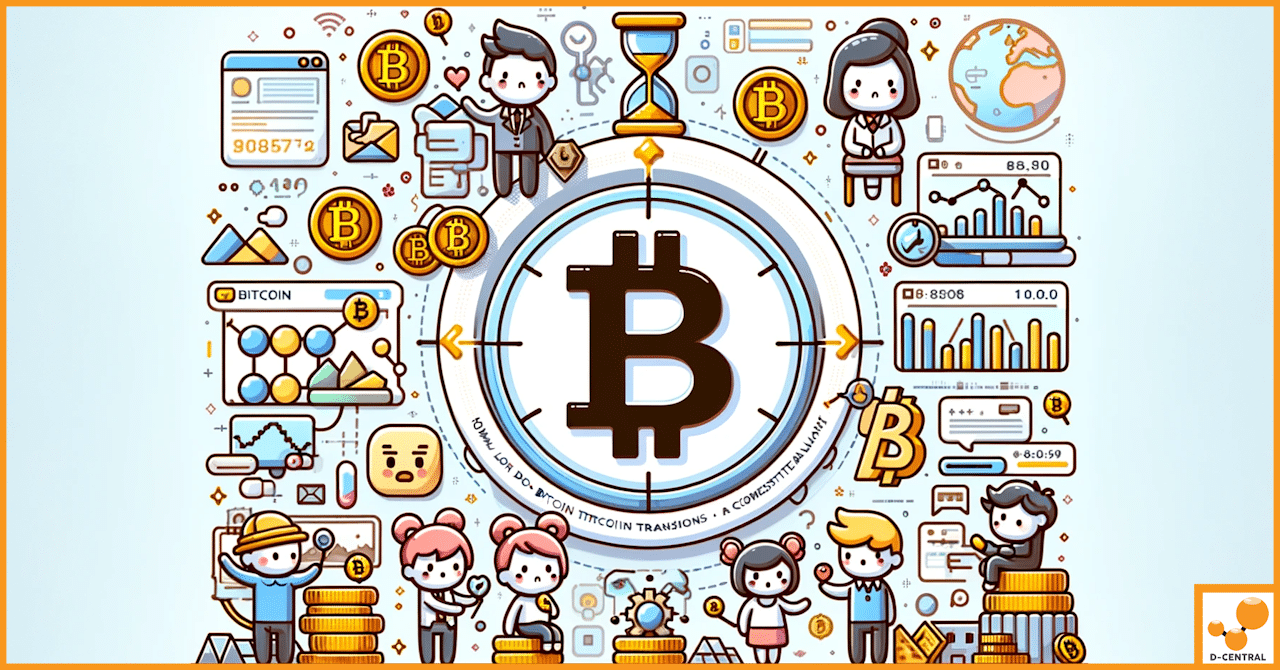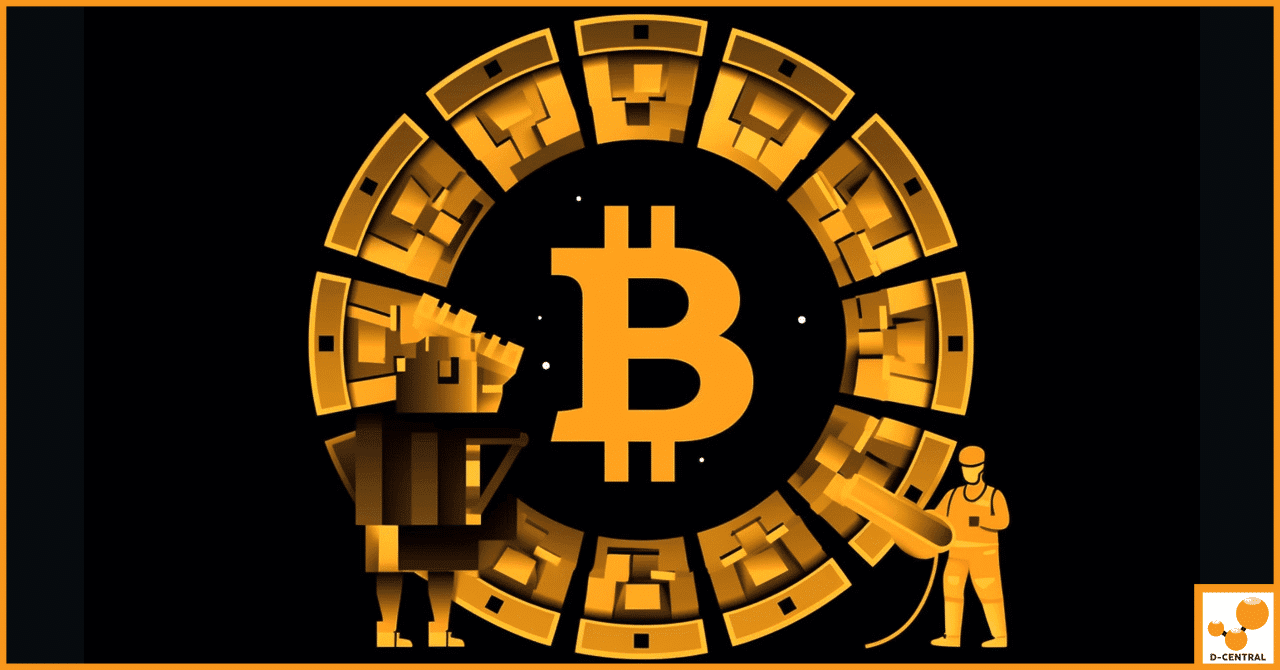
Antminer S21 XP Specs: Dominating Bitcoin Mining with 13.5J/TH
Discover the latest advancement in Bitcoin mining technology from Bitmain. The Antminer S21 XP. The Bitmain Antminer S21 XP is
4479 Desserte Nord Autoroute 440, Laval, QC H7P 6E2

In the realm of cryptocurrencies, Bitcoin mining holds a pivotal role. This process involves powerful computers performing complex calculations to validate transactions on the Bitcoin network, a task known as ‘proof of work’. Miners, in return, are rewarded with newly minted Bitcoins, thereby making this endeavor not just crucial for the network’s security but also potentially lucrative.
Bitcoin mining has evolved significantly since the inception of Bitcoin in 2009. From hobbyists using personal computers in the early days to today’s industrial-scale operations leveraging specialized hardware known as ASICs (Application-Specific Integrated Circuits), the landscape has transformed dramatically. This evolution has been driven by the increasing difficulty of mining tasks and the escalating competition among miners.
The Role of Capital in Bitcoin Mining
As Bitcoin mining has industrialized, the importance of capital has become increasingly apparent. The procurement of advanced mining hardware, the cost of electricity, and the need for cooling and maintenance all require substantial investment. Moreover, the inherent volatility of Bitcoin’s price adds a layer of financial risk to the mining process. Therefore, the ability to secure and manage capital efficiently is a key determinant of a mining operation’s success.
An Introduction to Debt Capital Markets
In traditional finance, debt capital markets (DCMs) play a crucial role. They provide a platform where borrowers (companies or governments) can raise capital from lenders (investors) by issuing debt securities such as bonds. The borrowers get the capital they need for their operations, while the lenders receive periodic interest payments and the return of the principal amount at the end of the bond’s term.
In the context of Bitcoin mining, the concept of DCMs is relatively new but holds significant potential. By leveraging debt, miners can access the capital needed to fund their operations without diluting their ownership or relying solely on the unpredictable returns from mining. This approach can lead to more sustainable and scalable mining operations, thereby contributing to the overall robustness of the Bitcoin network.
In the following sections, we will delve deeper into the relationship between debt capital markets and Bitcoin mining, exploring how this dynamic is shaping the future of the industry.
Debt Capital Markets (DCMs) are a segment of the financial system where entities can raise capital by issuing debt instruments. These instruments, often in the form of bonds or notes, represent a contractual obligation of the issuer to repay the borrowed amount (principal) along with interest over a specified period.
DCMs play a crucial role in the global economy. They provide a structured platform for governments, municipalities, and corporations to access large amounts of capital. This capital is typically used for various purposes, such as funding infrastructure projects, managing operational costs, or financing expansions and acquisitions.
Investors, on the other hand, are attracted to these markets as they offer a steady stream of income (interest payments) and are generally considered less risky than equity investments. The risk and return profile of debt instruments can vary widely, depending on factors such as the creditworthiness of the issuer and the duration of the debt.
In the context of Bitcoin mining, the concept of debt capital markets is a relatively recent development. As the scale and complexity of mining operations have increased, so too has the need for substantial capital investment. The costs associated with procuring advanced mining hardware, securing energy contracts, and maintaining infrastructure can be prohibitive.
This is where debt capital markets come into play. By issuing debt, Bitcoin miners can access the necessary capital to fund their operations. This approach allows them to spread the cost over time and manage the financial risks associated with the volatility of Bitcoin’s price.
Moreover, debt financing can provide miners with the flexibility to scale their operations in response to market conditions. For instance, when the price of Bitcoin is high, miners may choose to use debt to invest in additional hardware and increase their mining capacity. Conversely, in periods of lower prices, they might use debt to cover operational costs while waiting for market conditions to improve.
In essence, the integration of debt capital markets into the Bitcoin mining industry represents a significant step towards its maturation and institutionalization. It brings a level of financial sophistication that could potentially lead to more sustainable and resilient mining operations. In the following sections, we will explore this dynamic further, examining the benefits, risks, and future implications of debt in Bitcoin mining.
In the early days of Bitcoin, mining was a pursuit accessible to enthusiasts and early adopters. It was possible to mine Bitcoin using a standard home computer. The computational difficulty of the mining tasks was relatively low, and the competition among miners was minimal. This period was characterized by a sense of exploration and the democratization of Bitcoin production.
Bitcoin mining began as a “one CPU, one vote” system, as described by Satoshi Nakamoto, Bitcoin’s anonymous creator. This design was intentional, aiming to ensure that the decision-making power in the Bitcoin network (i.e., the power to validate transactions and create new blocks) was as decentralized as possible.
As Bitcoin gained popularity and value, the competition among miners increased, leading to a dramatic rise in the network’s computational difficulty. This change made mining with standard computers unprofitable, leading to the development of specialized hardware for Bitcoin mining, known as ASICs (Application-Specific Integrated Circuits).
The advent of ASICs marked the beginning of industrialized mining. These machines, designed solely for the purpose of mining Bitcoin, offered significant advantages in terms of speed and energy efficiency. However, they also required substantial capital investment, marking a shift in the mining landscape.
Large-scale mining operations started to emerge, often located in areas with cheap electricity. These industrial miners could achieve economies of scale that individual miners could not, leading to a concentration of mining power. This shift has raised concerns about the centralization of the Bitcoin network, a topic that continues to be a subject of debate within the community.
The evolution of Bitcoin mining from a hobbyist activity to an industrial-scale operation has underscored the importance of capital. The need for investment in hardware, infrastructure, and energy has become a defining characteristic of successful mining operations.
In the early days, the capital requirements were minimal. A standard computer and an internet connection were all that was needed. However, as the mining landscape has evolved, so too have the capital requirements. Today, launching and maintaining a competitive mining operation requires significant financial resources.
This is where debt capital markets come into play. By providing miners with access to capital, these markets have the potential to shape the future evolution of Bitcoin mining. They offer a mechanism for miners to finance their operations, manage risks, and navigate the financial challenges of the mining industry. In the following sections, we will delve deeper into the role of debt in Bitcoin mining and explore a case study of a debt instrument specifically designed for the mining industry.
As Bitcoin mining has evolved into an industrial-scale operation, the capital requirements have increased significantly. The costs associated with procuring advanced mining hardware, securing energy contracts, and maintaining infrastructure can be substantial. These costs, coupled with the inherent volatility of Bitcoin’s price, create a challenging financial landscape for miners.
This is where debt comes into play. By borrowing capital, miners can fund their operations without diluting their ownership or relying solely on the unpredictable returns from mining. This approach allows miners to spread the cost over time and manage the financial risks associated with the volatility of Bitcoin’s price.
There are several benefits to using debt for Bitcoin mining operations. Firstly, debt can provide miners with the capital needed to invest in advanced mining hardware, which can increase their mining capacity and potentially their profitability.
Secondly, debt can provide a buffer against the volatility of Bitcoin’s price. If the price of Bitcoin falls, miners may struggle to cover their operational costs from mining revenues alone. In such scenarios, debt can provide a lifeline, allowing miners to continue their operations while waiting for market conditions to improve.
Finally, debt can offer miners the flexibility to scale their operations in response to market conditions. When the price of Bitcoin is high, miners may choose to use debt to invest in additional hardware and increase their mining capacity. Conversely, in periods of lower prices, they might use debt to cover operational costs.
While debt can provide numerous benefits, it also comes with risks. The most significant risk is the obligation to repay the borrowed capital along with interest. If a mining operation is not profitable enough to cover these repayments, it could lead to financial distress or even bankruptcy.
Another risk is the potential for over-leveraging. If miners borrow too much in an attempt to scale their operations, they may struggle to repay their debts, particularly if the price of Bitcoin falls or if there are increases in other costs, such as electricity.
Furthermore, the use of debt introduces additional complexity into the management of a mining operation. Miners must carefully manage their cash flows to ensure they can meet their debt obligations while also covering their operational costs.
In conclusion, while debt can play a crucial role in Bitcoin mining, it is not without risks. Miners must carefully consider their financial position and risk tolerance before deciding to take on debt. In the next section, we will explore a case study of a debt instrument specifically designed for the mining industry, providing further insights into the role of debt in Bitcoin mining.
The integration of debt capital markets into the Bitcoin mining industry is still in its early stages, but the potential for growth and innovation is significant. As the industry continues to mature and institutionalize, we can expect to see an increasing use of debt and other financial instruments.
One prediction is the development of more diverse and sophisticated debt instruments tailored to the needs of Bitcoin miners. Following the example of Blockstream’s Mining Note, we might see the introduction of debt securities that offer different levels of risk and return, catering to a wider range of investors.
Another prediction is the increased involvement of traditional financial institutions in the Bitcoin mining industry. As the use of debt becomes more commonplace, banks and other lenders may become more comfortable with the idea of lending to mining operations. This could lead to more competitive borrowing rates and better access to capital for miners.
The increased use of debt capital markets could have a profound impact on the Bitcoin mining industry. By providing miners with access to capital, debt can support the growth and development of mining operations, contributing to the security and robustness of the Bitcoin network.
Moreover, debt can help to democratize access to Bitcoin mining. By allowing investors to gain exposure to mining operations without the need to manage the complexities of mining, debt instruments like BMN can open up the industry to a wider range of participants.
However, the increased use of debt also comes with risks. Over-leveraging and financial mismanagement could lead to financial distress for miners, potentially disrupting the Bitcoin network. Therefore, it will be crucial for miners and investors to approach debt financing with caution, carefully considering the associated risks.
In conclusion, the future of debt capital markets in Bitcoin mining is promising but also uncertain. It will be fascinating to see how this dynamic evolves and shapes the future of the industry. In the next section, we will wrap up our discussion and consider the implications for D-Central Technologies.
In this exploration of the intersection between Bitcoin mining and debt capital markets, we’ve traversed a fascinating landscape. We began with an overview of Bitcoin mining and the importance of capital in this increasingly industrialized field. We then delved into the concept of debt capital markets and their emerging role in the Bitcoin mining industry.
We traced the evolution of Bitcoin mining from its early days to the present, highlighting the increasing capital requirements and the role of debt in meeting these needs. We also discussed the potential benefits and risks associated with using debt in Bitcoin mining operations.
Looking ahead, we considered the future of debt capital markets in Bitcoin mining. We predicted the development of more diverse and sophisticated debt instruments and the increased involvement of traditional financial institutions. We also discussed the potential impact of these developments on the Bitcoin mining industry, noting both the opportunities and risks they present.
In conclusion, the integration of debt capital markets into the Bitcoin mining industry represents a significant step towards its maturation and institutionalization. It brings a level of financial sophistication that could potentially lead to more sustainable and resilient mining operations.
At D-Central Technologies, we are at the forefront of these developments. We provide an array of Bitcoin mining services, including consultation, sourcing of mining hardware, hosting mining operations, ASIC repairs, maintenance training, as well as comprehensive mining support and outsourcing solutions.
Whether you’re an individual miner looking to optimize your operations or an investor seeking exposure to the Bitcoin mining industry, we have the expertise and resources to assist you. Contact us today to learn more about how we can help you navigate the evolving landscape of Bitcoin mining.
What is Bitcoin mining?
Bitcoin mining involves powerful computers performing complex calculations to validate transactions on the Bitcoin network, a task known as ‘proof of work’. Miners, in return, are rewarded with newly minted Bitcoins.
What are ASICs in context of Bitcoin mining?
ASICs (Application-Specific Integrated Circuits) are specialized hardware designed for Bitcoin mining. They offer significant advantages in terms of speed and energy efficiency over standard personal computers.
What role does capital play in Bitcoin mining?
Capital is crucial in Bitcoin mining as the procurement of advanced mining hardware, the cost of electricity, and the need for cooling and maintenance all require substantial investment. Efficiently managing capital can be a key determinant of a mining operation’s success.
What are Debt Capital Markets (DCMs)?
Debt Capital Markets (DCMs) are a segment of the financial system where entities can raise capital by issuing debt instruments, such as bonds or notes. The issuers repay the borrowed amount along with interest over a specified period.
How can Debt Capital Markets be beneficial for Bitcoin miners?
Debt Capital Markets can provide Bitcoin miners with the necessary capital to fund their operations. This approach allows them to spread the cost over time and manage the financial risks associated with the volatility of Bitcoin’s price.
What are the risks associated with using debt in Bitcoin mining?
The most significant risk is the obligation to repay the borrowed capital along with interest. Over-leveraging and financial mismanagement could lead to financial distress for miners.
What services does D-Central Technologies provide?
D-Central Technologies offers an array of Bitcoin mining services, including consultation, sourcing of mining hardware, hosting mining operations, ASIC repairs, maintenance training, as well as comprehensive mining support and outsourcing solutions.
DISCLAIMER: D-Central Technologies and its associated content, including this blog, do not serve as financial advisors or official investment advisors. The insights and opinions shared here or by any guests featured in our content are provided purely for informational and educational purposes. Such communications should not be interpreted as financial, investment, legal, tax, or any form of specific advice. We are committed to advancing the knowledge and understanding of Bitcoin and its potential impact on society. However, we urge our community to proceed with caution and informed judgment in all related endeavors.
Related Posts

Discover the latest advancement in Bitcoin mining technology from Bitmain. The Antminer S21 XP. The Bitmain Antminer S21 XP is

In the ever-evolving landscape of digital currencies, Bitcoin stands as a pioneering force that has reshaped our understanding of financial

Welcome to the fascinating world of Bitcoin mining, a realm where computational power meets financial reward. In this comprehensive guide,